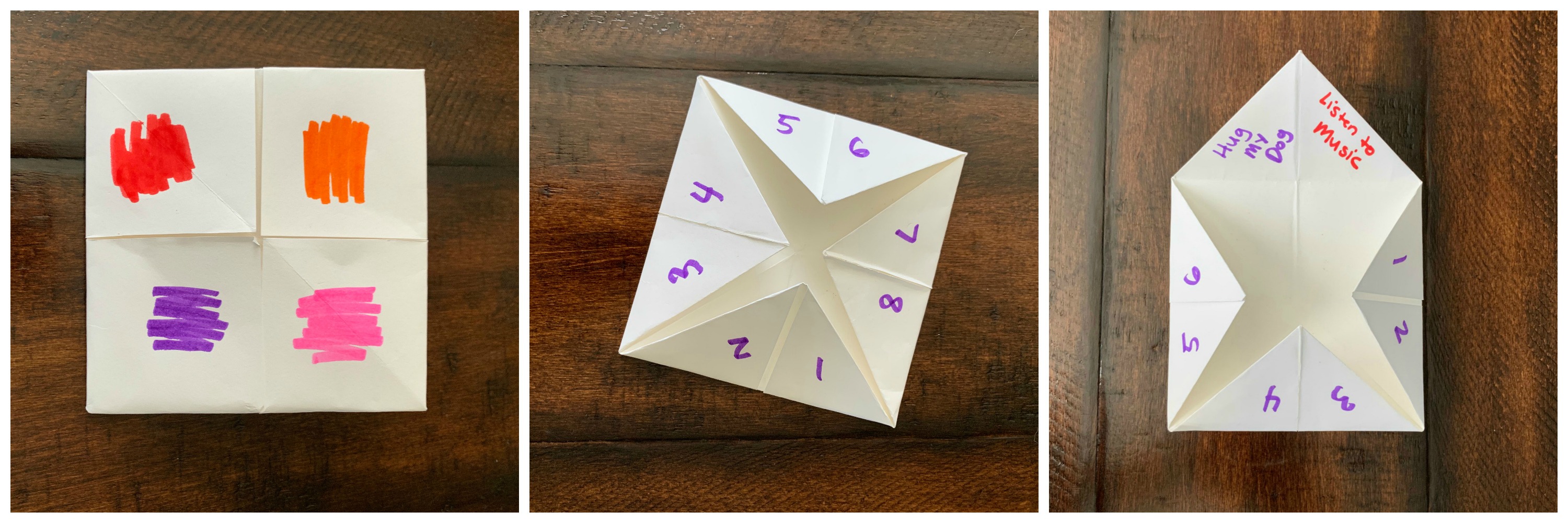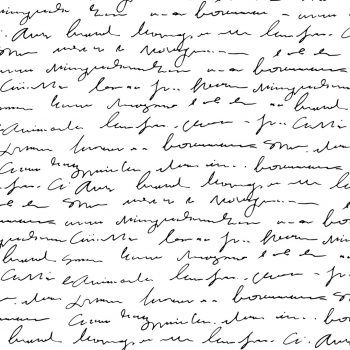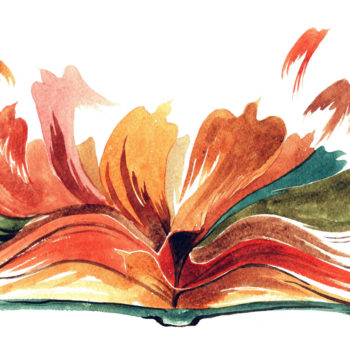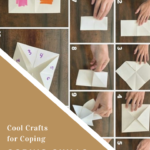Cool Crafts for Coping: Coping Skills Fortune-Teller
/ Creative Coping : Eleanor Haley
Today, we're taking a slight departure from our adult-focused content to share an activity for grieving kids: The Coping Skills Fortune-Teller.
Actually, this activity is helpful for kids coping with any kind of stress or hardship. So, if you're a parent, teacher, school counselor, grief therapist, etc., you might find it useful. Full disclosure, we can't take credit for creating this activity. In researching it, I've seen several iterations around the Internet, but today we're going to give it the WYG spin.
This is a take on the paper fortune-tellers some of you probably made as kids, but instead of writing things on the inside like "You will live in a mansion with four dogs," we are going to write coping skills. The idea is that, when someone feels sad, stressed, worried, anxious, etc., they can play the fortune-teller game and in the end, they'll get a coping skill they can use to help themselves feel better.
Here you'll see a video we've created walking kids through this activity (for kids, by kids... but adults might enjoy it too!). If you happen to have a child who spends their days watching five-minute crafts or DIY videos, try steering them in this direction for some sneaky coping skills building. If you are an adult looking for step-by-step instructions on how to complete this activity, jump below.
What You Need:

One of the great things about fortune tellers is that you don't need much to make them... hence why you might catch elementary school kids in the back of Social Studies class doing so with only loose-leaf paper and a pen.
We want to make our fortune teller look nice, so here are the supplies we recommend:
- A square piece of paper (or scissors, if you have to cut your paper into a square)
- Markers, colored pencils, or crayons
- A pen
Part One: How to Make a Paper Fortune Teller
You may already know how to make a paper fortune-teller. If so, go ahead and make one... but don't write or draw on it until you get to the next section.
If you don't know how to make a fortune teller, you can watch the video above or follow the instructions below:
Step One: Fold a square piece of paper in half.
Step Two: Open the paper back up and fold it in half the other way.
Step Three: Open the paper back up again. Your folds should have divided the paper into four squares.
Step Four: Now, fold the corner of each square into the center of the paper.
Step Five: Leaving the paper folded, flip it over.
Step Six: Once again, fold the four corners into the center of the paper.
Step Seven: Leaving the paper folded, fold it in half again. Your paper should now look like a rectangle with four square flaps on the outside (See Image 7).
Step Eight: Using both hands, slip your thumb and index finger under the flaps.
Step Nine: Create the fortune-teller shape by pushing up and in at the same time. You may need to fiddle with the center a little as well. Ultimately, the fortune-teller should look something like Image 9 (bottom-view) and Image 10 (top-view) below.


Part Two: Adding Fortunes to Help You Cope
Now, we can't call this a fortune-teller until we've written some fortunes inside. But here's the catch: Instead of fortunes, we are going to write coping skills. When we talk about coping skills, we mean any big or small thing a person can do to make themselves feel better. These will be unique to the person completing this activity because we all find comfort in different things.
The person completing the activity should be encouraged to brainstorm coping skills that are unique to them. For this activity, the simpler the coping skill, the better (e.g., pet your dog, listen to music, talk to a friend, color, etc.). Ultimately, they need to think of eight coping skills.
If you are an adult completing this activity with a child, encourage them to include at least one coping skill that helps connect them with their deceased loved one. For example, they might include things like looking at pictures of their loved one, thinking about a good memory with their loved one, or doing something that they are their loved one used to do together.
The only rule we have is that the coping skill can not be harmful or destructive to the person completing the activity or to anyone else. We have to clarify this because some coping skills fall under the heading of "negative coping." These are things that people do to feel better, but which cause more pain in the long-run (like substance use, hitting their brother, or quitting all their school activities).
The coping skills will be written on the inside of the fortune-teller, but first, you also need to put colors and numbers on the outside flaps. When playing the game, these will help determine what coping skills the person lands on. Here's what you need to do:
Step One: Flatten out your fortune teller. When flat, the fortune-teller should be square. On one side of the square, you will see four smaller squares. On the other, there are triangles (See the first two images below).
Step Two: On the side with the four smaller squares, you are going to put colors. You can either color the whole square, a part of the square, or write the name of the color. It's up to you. (See the first image below.)
Step Three: Flip the fortune-teller over to the side with the triangles. On this side, there are eight small triangles (within four larger triangles). On the small triangles, write the numbers 1-8. (See the second image below).
Step Four: Finally, flip over the four larger triangles. In each of the smaller triangles, write one coping skill. You will write down eight total coping skills (See third image below).

Playing the Game
If you don't know how to play the game, we recommend watching the video above around the nine-minute mark. It's kind of hard to explain in writing, but...
Basically, the person playing the game will pick a color. The person moving the fortune teller (can be yourself) will spell out the color while pinching and pulling the fortune-teller.
Next, the person playing looks inside the fortune teller and picks a number. The person moving the fortune teller repeats the pinching and pulling while counting to the selected number.
Finally, the person playing will look inside the fortune-teller and select another number. Now the person moving the fortune teller will lift up the flap corresponding to that number and whatever coping skill is written underneath is the coping skill the person should do.
Subscribe to WYG to receive posts straight to your email inbox. You should also consider subscribing to our YouTube channel for future 'Cool Crafts for Coping' videos.
We wrote a book!
After writing online articles for What’s Your Grief
for over a decade, we finally wrote a tangible,
real-life book!
What’s Your Grief? Lists to Help you Through Any Loss is for people experiencing any type of loss. This book discusses some of the most common grief experiences and breaks down psychological concepts to help you understand your thoughts and emotions. It also shares useful coping tools, and helps the reader reflect on their unique relationship with grief and loss.
You can find What’s Your Grief? Lists to Help you Through Any Loss wherever you buy books:






Amy Armes October 11, 2019 at 11:09 am
This is a great idea. I also use them with kids to create memory fortune tellers and feelings fortune tellers. Memory: talk about a time you went on the trip with the person who died. Feeling: whatever feeling is listed, they can share s time they felt it and what they did.
Pauline Bondin October 11, 2019 at 9:17 am
A great way to help children and even adults to cope with grief
Kay C Oxford October 11, 2019 at 9:03 am
I wanted to let you know of something I’m starting to do. I lost my beloved companion, my Husky/Golden Retriever to cancer 8/16. I am going to paint rocks to put on his grave and just completed the first one. They will have something meaningful to him and I. It’s therapeutic to do something like this and this is something children and adults alike can do, and you don’t need to be an artist!